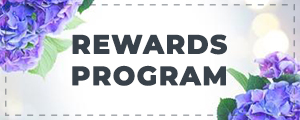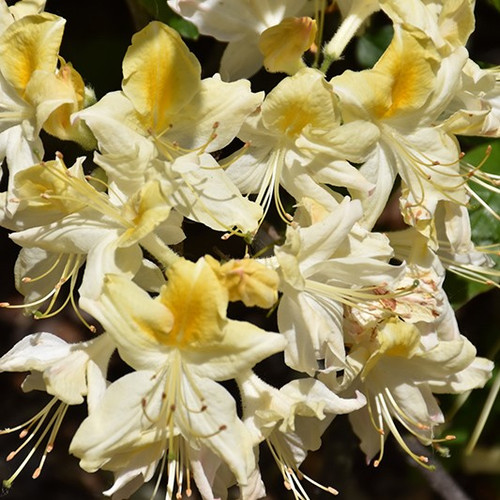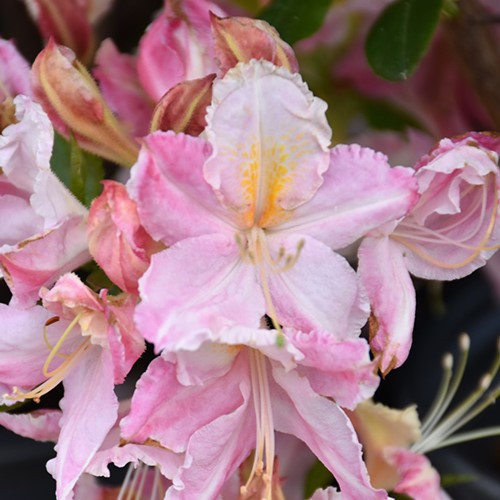| Azalea 'Northern Hi-Lights' | USDA Zone: 3-7 |
Northern Hi-Lights Azalea is a hardy deciduous azalea, featuring creamy white flowers with elegant yellow accents in spring before the leaves, tall upright habit and good fall color; absolutely must have well-drained, highly acidic and organic soil, plant with plenty of peat moss.
Northern Hi-Lights Azalea is clothed in stunning clusters of lightly-scented creamy white trumpet-shaped flowers with a white flare at the ends of the branches in mid spring before the leaves. It has green foliage throughout the season. The narrow leaves turn an outstanding purple in the fall.
Northern Hi-Lights Azalea is recommended for the following landscape applications;
- Accent
- Mass Planting
- General Garden Use
Northern Lights Series
Bloomtime: Spring
Attracts Butterflies and Bee Friendly
Fall Color
Deciduous Azalea
Alternative: Rhododendron 'Northern Hi-Lights'
Common Name: Azalea, Northern Lights Deciduous Azalea, Deciduous Azalea
|
Key Feature
|
Light Needs | Landscape Uses |
 |
 |
|
|
|
|
| More About Northern Hi-Lights Azalea |
| Height: 4 ft |
Spread: 5 ft |
Flower Colour: White / Yellow Shades |
|
Northern Hi-Lights Azalea will grow to be about 4 feet tall at maturity, with a spread of 5 feet. It tends to be a little leggy, with a typical clearance of 1 foot from the ground. It grows at a slow rate. Northern Hi-Lights Azalea does best in full sun to partial shade. It requires an evenly moist well-drained soil for optimal growth, but will die in standing water. It is very fussy about its soil conditions and must have rich, acidic soils to ensure success, and is subject to chlorosis (yellowing) of the leaves in alkaline soils. It is somewhat tolerant of urban pollution, and will benefit from being planted in a relatively sheltered location. Consider applying a thick mulch around the root zone in winter to protect it in exposed location. Note that when grown in a container, it may not perform exactly as indicated on the tag - this is to be expected. Also note that when growing plants in outdoor containers and baskets, they may require more frequent waterings than they would in the yard or garden. Be aware that in our climate, most plants cannot be expected to survive the winter if left in containers outdoors, and this plant is no exception. NOTE: Some flowers and plants may be harmful or poisonous to people or pets if touched or ingested. If you require more information before placing an order, please let us know in advance. |










